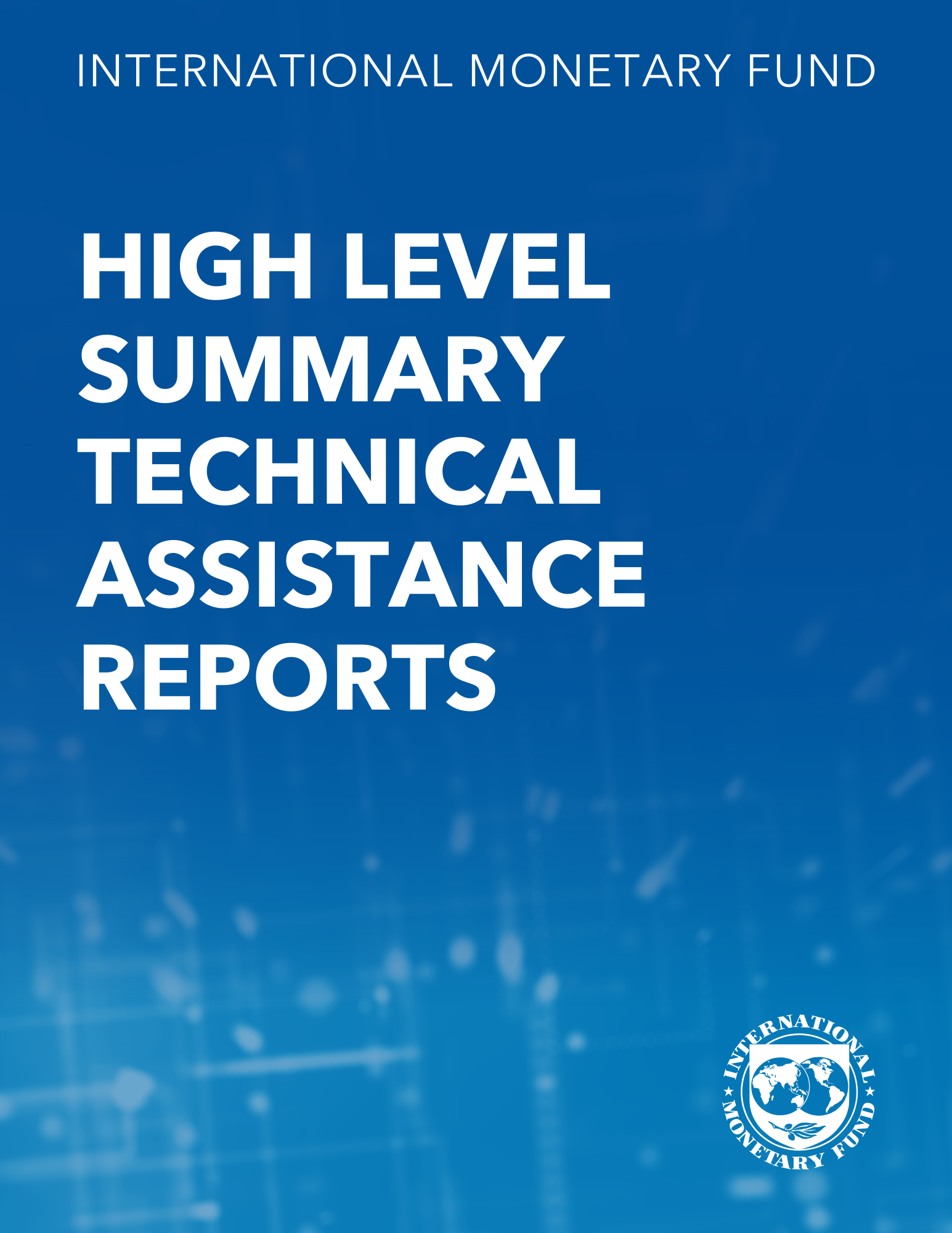The Anatomy of Banking Crises
April 1, 2008
Disclaimer: This Working Paper should not be reported as representing the views of the IMF.The views expressed in this Working Paper are those of the author(s) and do not necessarily represent those of the IMF or IMF policy. Working Papers describe research in progress by the author(s) and are published to elicit comments and to further debate
Summary
This paper uses a Binary Classification Tree (BCT) model to analyze banking crises in 50 emerging market and developing countries during 1990-2005. The BCT identifies key indicators and their threshold values at which vulnerability to banking crisis increases. The three conditions identified as crisis-prone-(i) very high inflation, (ii) highly dollarized bank deposits combined with nominal depreciation or low liquidity, and (iii) low bank profitability-highlight that foreign currency risk, poor financial soundness, and macroeconomic instability are key vulnerabilities triggering banking crises. The main results survive under alternative robustness checks, confirming the importance of the BCT approach for monitoring banking system vulnerabilities.
Subject: Banking crises, Commercial banks, Depreciation, Financial crises, Foreign exchange
Keywords: banking crises By Year, banking crises with a binary classification tree, banking crisis, liability dollarization, WP
Pages:
37
Volume:
2008
DOI:
Issue:
093
Series:
Working Paper No. 2008/093
Stock No:
WPIEA2008093
ISBN:
9781451869545
ISSN:
1018-5941






